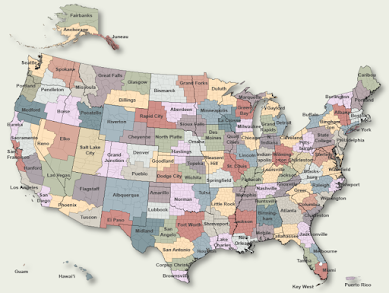Once upon a time in the west, Skywarn relied on amateur radio operators, almost exclusively.
Nowadays, however, because of social media (especially because of Virtual Operations Support Teams lessons applied), NWSchat, and a host of other reasons, Skywarn is blossoming to include the everyday citizen.
If you lack NWSchat access, one can monitor the IEMbots on Twitter. For example, The National Weather Service office in Norman, tweets NWSchat information.
Many Skywarn operations, such as the Voice Over Internet Protocol net gather reports meeting Skywarn criteria to relay to the appropriate NWS office using NWSchat, Twitter, and even the old fashioned telephone.
Each Weather Forecast Office may have a different information item and may also change the request, depending on the weather day. For example, the hail criteria usually is quarter size or larger but hail covering the ground an inch deep might be noteworthy.
The best way to know what the local office is expecting is to attend a spotter talk given by that local office.
The recent Skywarn Recognition Day produced a number of registrations (over 700) and contacts from the various offices and spotters. Some of the contacts were on Winlink. Some were monitoring APRS.
In short, Skywarn is not JUST ham radio but ham radio operators are using other tools to give the NWS offices the best picture of the events, be they tornado, flood, ice, wildfire.
Skywarn has always been about your local community, serving your neighbors in the area you live, work, attend church, do Field Day, etc. The link, in this paragraph, is to a moderated email list. You are welcome to join it.

No comments:
Post a Comment